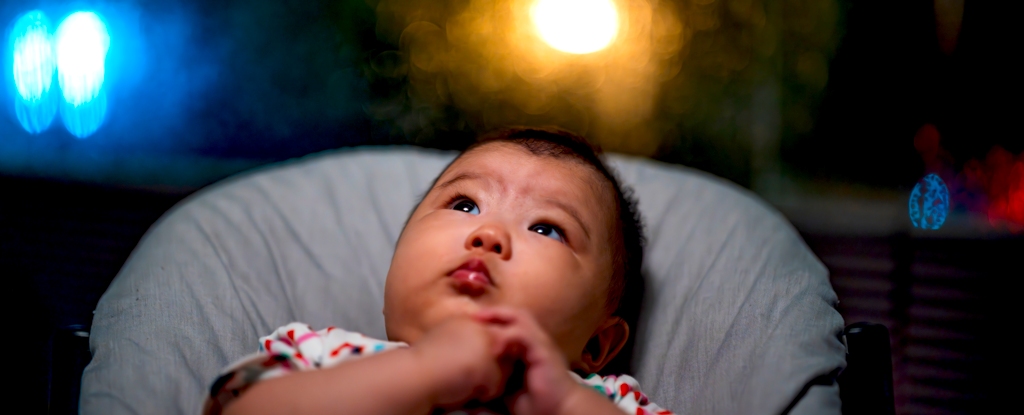
As plans for human missions to Mars advance, scientists are probing the implications of human reproduction in space. With a return journey to the red planet potentially allowing enough time for someone to conceive and give birth, the question arises: can a pregnancy be safely carried out in space, and what would happen to a baby born far from Earth? These inquiries highlight significant biological challenges that could impact both the mother and child.
Arun Vivian Holden, Emeritus Professor of Computational Biology at the University of Leeds, examines the complexities of pregnancy and childbirth in a microgravity environment. His research identifies that while conception in space might be challenging due to the effects of microgravity, once an embryo successfully implants in the uterus, the pregnancy could progress similarly to that on Earth.
The process of pregnancy is a series of critical biological milestones. Each stage must occur in the correct order and has specific chances of success. On Earth, these probabilities are informed by extensive clinical research. Holden’s research investigates how these stages could be affected by the unique conditions of interplanetary space.
Microgravity and Radiation: The Key Risks
In microgravity, the near-weightless environment can complicate conception, but it likely would not hinder the continuation of pregnancy after implantation. The real challenges would arise during childbirth and caring for a newborn. In space, fluids and even people float, creating a complicated scenario for delivery and postnatal care.
The developing fetus is accustomed to a microgravity-like environment, floating in amniotic fluid within the womb. In this sense, the womb functions as a natural microgravity simulator. However, once outside the womb, the absence of gravity could hinder the baby’s ability to develop essential motor skills, as movements like crawling and walking rely on a sense of “up” and “down.”
Another significant concern is exposure to cosmic rays. These high-energy particles pose a serious risk, as they can cause cellular damage upon collision with the human body. On Earth, our thick atmosphere and magnetic field provide a protective barrier against most cosmic radiation. In space, this shielding is absent.
During the early stages of pregnancy, embryonic cells divide rapidly, making them particularly vulnerable to damage from cosmic rays. A single strike from a cosmic ray could potentially prove fatal to an embryo. While the likelihood of such an event is low due to the small size of the embryo, if it does occur, it may lead to an unnoticed miscarriage.
As pregnancy progresses, the risks become more pronounced. By the end of the first trimester, the connection between the mother and fetus becomes more established. If a cosmic ray impacts the uterine muscle at this stage, it could induce contractions, leading to premature labor. Although advancements in neonatal care have improved outcomes for early births, the challenges of a space environment could exacerbate these risks.
The Future of Space Pregnancy
Following birth, the baby would continue to develop in microgravity. This could affect its postural reflexes and coordination, potentially altering how it learns to move. Furthermore, the risk of radiation exposure remains a concern, as a baby’s brain continues to develop after birth. Prolonged exposure to cosmic rays could result in lasting cognitive, behavioral, and health issues.
In conclusion, while it is theoretically possible for a baby to be born in space, significant challenges remain. Until effective measures are established to protect embryos from radiation, prevent premature births, and enable safe growth in microgravity, space pregnancy is a high-risk endeavor. As missions to Mars and beyond gain momentum, understanding these risks becomes increasingly critical.
Holden emphasizes the need for continued research to explore the implications of human reproduction in space. This understanding will be essential as humanity prepares for a future among the stars.






